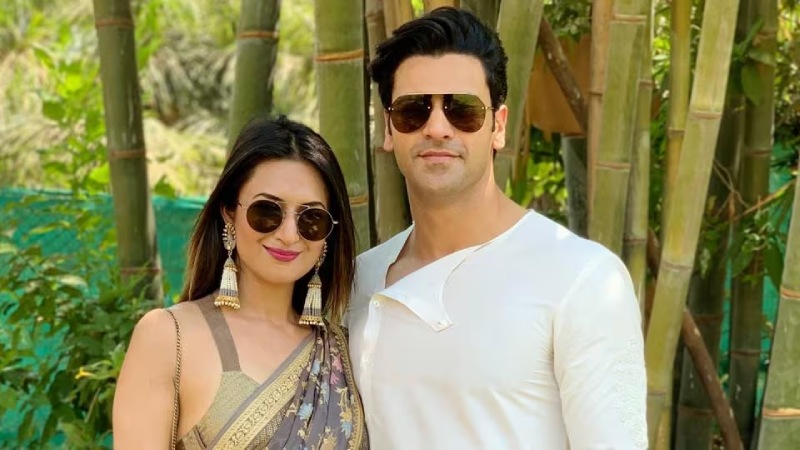In terms of the history of composition, serious music can be divided into five general periods, each of which can be divided into smaller periods; Ancient (up to the sixth century), early (sixth to 18th century), classical (17th to 20th century), modern (first half of the twentieth century) and contemporary (second half of the twentieth century to the present). This division is something separate from the historical division, and the way it is studied goes back more to the scientific, technical, and aesthetic composition of the centuries.
Philip Tagg (1944), an English music researcher, likens music to a triangle with three corners: “folk”, “pop” and “art music”. Russian composer Alfred Schnittke (1998-1934) divides music into two categories; Serious music and fun music. Serious or artistic music is also called academic music and classical music. Serious music must be studied historically, and in order to have an understanding of it, one must know its different periods.
In terms of the history of composition, serious music can be divided into five general periods, each of which can be divided into smaller periods; Ancient (up to the sixth century), early (sixth to 18th century), classical (17th to 20th century), modern (first half of the twentieth century) and contemporary (second half of the twentieth century to the present). This division is something separate from the historical division, and the way it is studied goes back more to the scientific, technical, and aesthetic composition of the centuries.
The subject of our discussion is contemporary music from the second half of the twentieth century (1945 – after the death of Anton Webern) to the present day and includes various movements including atonal music, posttonal, serial and postcrystal, electronic and concrete music, minimal, spectral, There are audio arrangements, video art, experimental music, free improvisation and many other movements that we do not have room to list in this list.
But can every composer or musician who lives in this historical period necessarily be called a contemporary composer and his music be considered contemporary music?
Or can any form of music produced in this period be called contemporary music? Definitely not! We have often seen people who make “non-serious” acoustic or electronic music consider themselves contemporary composers and expect their music to be treated academically, or those who consider themselves “free improvisers” without any knowledge of modern and contemporary music and why they came into being. They have this form of improvisation and history and aesthetics, but they expect their music to be serious and contemporary!
Music, and especially contemporary music and all its movements, can be understood by carefully studying the history and philosophy of art and music. Fortunately, there are currently some very good books translated or written in Persian that focus on modern and contemporary music, so it is easier than ever to face and understand this part of music history and recognize the boundary between serious and recreational music. .
At the same time, contemporary music can cover any serious musical taste, due to the very wide range of aesthetics and different sound approaches. Finally, serious contemporary music can be defined as: music written by musicians who seek to innovate, discover, and create a new world of sounds, and ultimately invite the listener to listen to their music.
Topics #Pirbod











